Have you ever sat down for an exam at your dentist’s office and had your typical cleaning swapped for periodontal treatment? Being a patient in a dental office can sometimes feel overwhelming. And a lot gets lost in translation when the doctors begin using unfamiliar words. Periodontics is a type of dental treatment used to fight gum disease.
There are many factors that contribute to gum disease, and while some of them are the luck of the draw, others are within your control. For starters, your dental hygiene, diet, and other lifestyle factors are things that you can choose to change to prevent periodontal disease. Although it’s frustrating, there are other factors like genetics that are not within your control. Therefore, everyone needs to see their dentist regularly for routine checkups for early detection and prevention.

Periodontal Terminology to Know
You are the best advocate for your oral health. But it’s hard to make informed decisions when doctors and hygienists talk over your head. While your dentist will do their best to help you understand, bridging the gap between medical professionals and patients is always a challenge. Here are some terms to familiarize yourself with.
Bacterial Plaque: The sticky, bacteria-laden film that coats teeth. This plaque is removed with good oral hygiene like brushing and flossing.
Alveolar Bone Loss: The decrease of bone mass in the mouth due to infection or resorption.
Calculus: Hardened dental plaque that forms on the teeth due to improper oral hygiene.
Comprehensive Periodontal Evaluation: An exam and evaluation of teeth, plaque, gums, bite, bone structure, and various risk factors for developing oral health conditions.
Dental Prophylaxis: A thorough cleaning procedure used to prevent periodontal disease and gingivitis.
Gingival Flap Surgery: A procedure where the gums are temporarily separate from the teeth to reach the root and nearby bone.
Inflammatory Disease: A category of systemic health conditions that may result from oral inflammation. Inflammatory disease is responsible for heart attacks, stroke, diabetes, kidney disease, sleep apnea, and much more.
Necrotizing Periodontal Diseases: A necrotizing disease involves the necrosis (death) of gingival tissues.
Peri-Implantitis: Inflammation of the soft and hard gum tissue that surrounds a dental implant, sometimes resulting from bone loss.
Periapical Abscess: An abscess that contains pus in the tissue surrounding a tooth.
Periodontal Ligament: A tissue that connects the tooth to the bone.
Periodontal Pockets: Pockets of space between the surrounding bone and tissue that harbors bacterial These pockets are formed as bone and tissue erode due to periodontal disease.
Regenerative Procedures: A treatment that replaces bone or tooth loss.
Root Scaling and Planing: A non-surgical procedure for removing plaque and calculus from the pockets surrounding the root, often used as an early treatment for periodontal disease.
Root Surface Debridement: The process of removing tartar from the surface of teeth during a root scaling procedure.
The Takeaway on Periodontal Treatments
Periodontal treatments are an important step in diagnosing and preventing gum disease, which can have a catastrophic effect on your health. The inflammatory disease starts in the mouth, but it can cause serious health ailments like heart attacks and stroke as it wreaks havoc on the body. Since the damage from periodontal disease cannot always be reversed and treatments are expensive and invasive, early detection and intervention are your best option. If you’re at risk for periodontal disease, preventative treatments are well worth the investment in your health. Contact us today to learn more.

